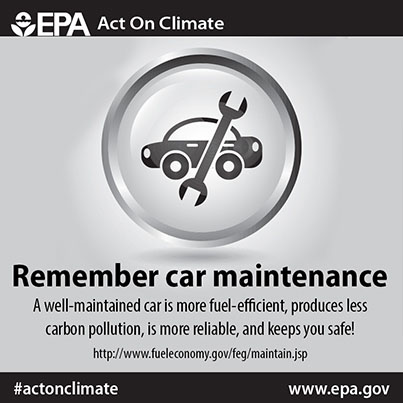Earth Month Tip: Think about the life cycle
Forty two percent of carbon pollution emissions in the U.S. are associated with the energy used to produce, process, transport, and dispose of the food we eat and the goods we use. In every one of these stages of the life cycle, we can reduce our impact.
Find out what you can do to reduce your carbon footprint and learn how to reduce your impact at every stage of the life cycle.
More tips: http://www.epa.gov/earthday/actonclimate/









